Steward Directory Spotlight: Libby London of Northern Dyer
Written and photographed by Libby London
Hello! My name is Libby London and I founded Northern Dyer in 2014 (previously Born and Dyed in MN) where I primarily focus on researching and growing natural dye plants for pigment, fiber, and art.
I first learned about natural dye when I was 16 and had the opportunity to apprentice with an artist specializing in handmade paper. The studio was called Cave Paper and is still around today. It is located in the North Loop of Minneapolis in a cave-like underground studio. During this unique experience I learned about using handmade paper for book arts, textile design, installation art, and interior design. I spent my time turning raw flax fibers straight from a straw-colored bale of flax into gorgeous sheets of handmade paper, and afterwards the artists would dye the paper with natural Indigo and Black Walnut.
As a novice, I was prohibited to actually dye these gorgeous rich purple and deep brown sheets of paper, but I remember watching the artists boil up Black Walnut hulls and dip the bare neutral colored sheets into the Indigo vats, and sometimes I’d be allowed to hang the sheets up to dry in a large breezy room filled with hundreds of drippy purple and brown sheets of paper hanging to dry.
I went on to study papermaking, fine art, art history, and sustainability in college at the University of Minnesota - in Minneapolis. During college I spent time on an organic farm, and afterwards focused my attention on sustainable farming and went on to Co-Found an organic "young farmer incubator farm" called Sandbox Center for Regenerative Entrepreneurship (Sandbox) in Ham Lake, MN and served as Co-Director of the Permaculture Research Institute - Cold Climate, a Minnesota non-profit that provides organic farming workshops, learning programs, apprenticeships, and facilitates cold climate farming research. These experiences opened my eyes to the realities of our current ecological challenges with climate change, water access, and environmental pollutants, as well as the possibilities for addressing these challenges through economic development and community-based solutions.
Marigold flowers stewing over an open fire for a dye bath
At Sandbox, we supported emerging farmers in starting their first businesses, and it was there that I started my own practice of growing and cultivating plants for fiber and natural dyes. I wanted to try my hand at growing my own flax for papermaking. While talking to my grandpa who spent his life in Fargo, he told me that decades ago Minnesota and North Dakota used to be the home to many thousands of acres of flax, but it is not common anymore. At Sandbox, I started with a small portion of a field, and grew two flax varieties, two cold climate indigo varieties, and native and hardy annuals used for dye.
Japanese Indigo flowering
Currently, I’m focused on researching organic production of cold climate natural dye varieties, designing dye garden plant guilds that have multiple purposes for animals and insects as well as humans, planning a larger-scale indigo farm-site, creating custom dye orders for clients, and creating natural dye recipes that use 100% compostable materials so that no chemicals are part of my processes.
I believe that designing and implementing a healthy fibershed in Minnesota means incorporating perennial systems, plants for food & medicine, animals, drought tolerant native plants, and regenerative economic and social systems as we address a changing ecosystem and climate here in Minnesota.
Madder and Indigo dyed linen napkins
Libby London is an artist and gardener based in Minneapolis. She specializes in researching cold climate natural dyes, teaching, and growing dye plants. She runs her natural dye business, Northern Dyer, and serves as co-chair of the Permaculture Research Institute - Cold Climate. You can follow her on Instagram @northerdyer.
























